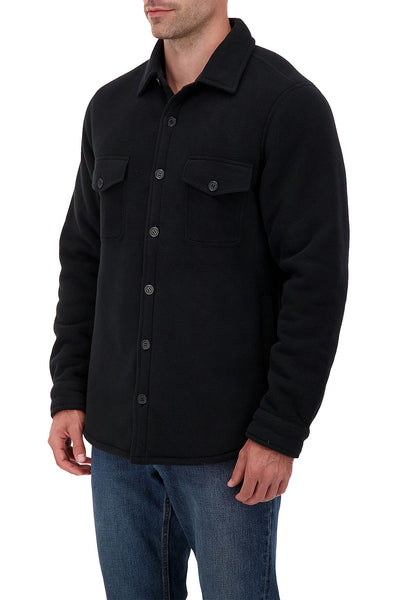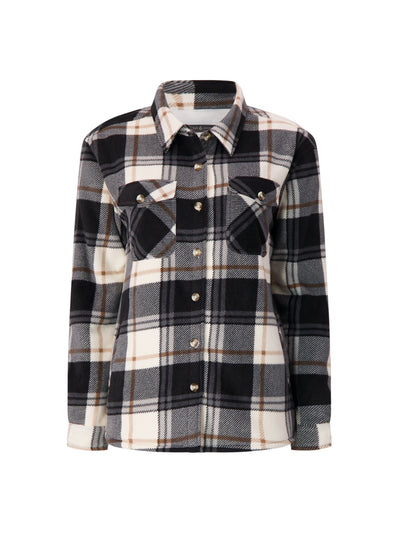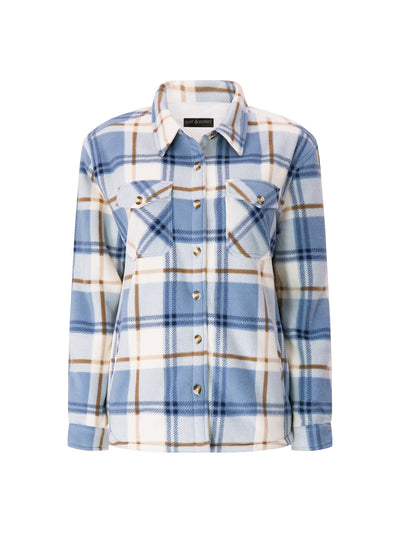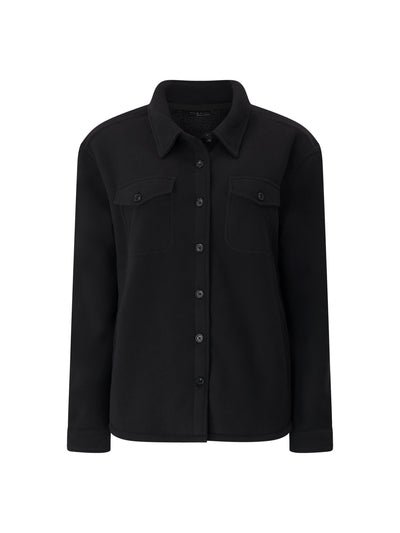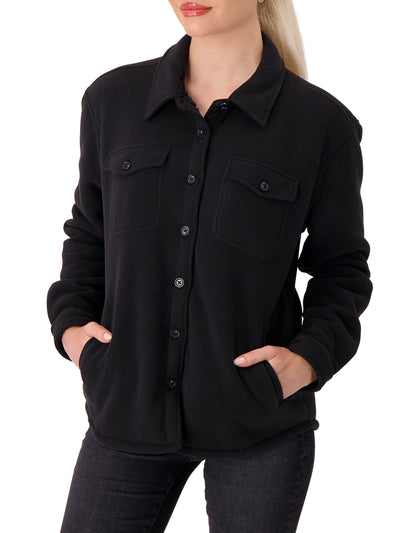Microfleece has become a popular fabric choice for outdoor enthusiasts, athletes, and everyday wearers. Known for its softness and warmth, many people wonder about its breathability. This article delves into the characteristics of microfleece, evaluating its breathability and how it performs in various conditions.
Understanding Microfleece
Microfleece is a type of polyester fabric that is lightweight, soft, and designed to provide warmth without the bulk. It is made from very fine fibers, which contribute to its plush texture and insulating properties. This fabric is often used in jackets, blankets, and activewear, making it a versatile choice for different activities. Whether you're lounging at home, hiking in the mountains, or engaging in a winter sport, microfleece offers a cozy layer that can adapt to various environments and conditions.
Composition and Structure
The structure of microfleece plays a crucial role in its performance. The fibers are tightly woven, creating a dense fabric that traps air and retains heat. However, this same structure can also impact how moisture and air flow through the material. The fine fibers contribute to its softness and enhance its ability to wick moisture away from the skin, which is particularly beneficial during high-intensity activities.
Microfleece is typically made from 100% polyester, which is known for its durability and resistance to shrinking and fading. The lightweight nature of the fabric means that it can be easily layered, making it a favorite for outdoor activities where temperature regulation is essential. Additionally, many microfleece products are treated with anti-pilling finishes, ensuring they maintain a smooth appearance even after repeated use and washing, which is a significant advantage for those who prioritize both functionality and aesthetics in their clothing choices.
Insulation Properties
One of the primary reasons people choose microfleece is its insulation capabilities. The fabric effectively retains body heat, making it ideal for cold weather. However, this insulation can come at a cost when it comes to breathability. The unique construction of microfleece allows it to create a thermal barrier that keeps warmth close to the body while still being lightweight, which is particularly advantageous for layering under heavier outerwear.
While microfleece does provide warmth, it is essential to consider how it manages moisture. When engaging in physical activities, the body generates sweat, and a fabric that does not allow moisture to escape can lead to discomfort. Fortunately, many modern microfleece fabrics are engineered with moisture-wicking properties, allowing sweat to evaporate quickly while keeping you warm. This balance of insulation and moisture management makes microfleece a popular choice for athletes and outdoor enthusiasts alike, as it helps maintain comfort during various levels of exertion, from leisurely walks to vigorous hikes.
Breathability of Microfleece
Breathability refers to a fabric's ability to allow air and moisture to pass through it. In the context of microfleece, this characteristic can vary based on several factors, including the fabric's weight, weave, and the specific type of microfleece used. Understanding these factors is crucial for selecting the right microfleece for various activities, especially those that involve physical exertion where temperature regulation is key.
Factors Affecting Breathability
-
Fabric Weight: Lighter microfleece tends to be more breathable than heavier versions. Thinner fabrics allow for better air circulation.
-
Weave and Texture: The construction of the fabric can influence breathability. A looser weave may enhance airflow, while a tighter weave can restrict it.
-
Moisture Management: Some microfleece fabrics are treated with moisture-wicking properties, enhancing their ability to manage sweat and keep the wearer dry.
Microfleece vs. Other Fabrics
When comparing microfleece to other materials, it is essential to consider how each fabric performs in terms of breathability. For instance, fabrics like Merino wool and technical synthetics often outperform microfleece in moisture management. Merino wool, for example, excels in breathability and offers natural temperature regulation, making it a popular choice for outdoor enthusiasts.
Here’s a brief comparison:
|
Fabric Type |
Breathability |
Insulation |
Moisture Management
|
|---|---|---|---|
|
Microfleece |
Moderate |
High |
Low to Moderate |
|
Merino Wool |
High |
Moderate |
High |
|
Synthetic Performance Fabrics |
High |
Variable |
High |
 Additionally, the environmental conditions can significantly impact the effectiveness of microfleece. In cooler climates, the insulating properties of microfleece can be advantageous, trapping heat while still allowing some moisture to escape. However, in warmer conditions, the breathability factor becomes even more critical, as excessive heat and sweat can lead to discomfort. Therefore, layering microfleece with more breathable materials can create a balanced approach to temperature regulation, ensuring wearers remain comfortable across varying activity levels and weather conditions.
Additionally, the environmental conditions can significantly impact the effectiveness of microfleece. In cooler climates, the insulating properties of microfleece can be advantageous, trapping heat while still allowing some moisture to escape. However, in warmer conditions, the breathability factor becomes even more critical, as excessive heat and sweat can lead to discomfort. Therefore, layering microfleece with more breathable materials can create a balanced approach to temperature regulation, ensuring wearers remain comfortable across varying activity levels and weather conditions.
Another consideration is the care and maintenance of microfleece. Over time, repeated washing can affect the fabric's breathability and moisture-wicking capabilities. It is essential to follow care instructions closely, as using fabric softeners or washing at high temperatures can lead to a buildup of residues that may inhibit airflow. Proper maintenance extends the life of the garment and preserves its performance characteristics, making it a reliable choice for both casual wear and outdoor adventures.
Applications of Microfleece
Microfleece is widely used in various applications, from outdoor gear to everyday clothing. Understanding its breathability can help consumers make informed choices based on their specific needs.
Outdoor Activities
For activities such as hiking, skiing, or running, microfleece can be a suitable choice for layering. When worn as a mid-layer, it provides insulation while allowing for some breathability. However, it is crucial to pair it with an outer layer that offers wind and water resistance to maximize comfort.
In colder climates, microfleece can serve as a base layer, but those engaging in high-intensity activities may find it necessary to choose fabrics that offer better moisture-wicking properties. The lightweight nature of microfleece also makes it easy to pack, making it an ideal companion for backpackers and travelers who need to minimize weight without sacrificing warmth. Additionally, many microfleece garments are designed with flat seams to reduce chafing, which is especially beneficial during long hikes or runs.
Everyday Wear
In casual settings, microfleece garments are appreciated for their comfort and warmth. Hoodies, jackets, and blankets made from microfleece provide a cozy feel, making them popular for lounging or light outdoor activities.
However, for individuals who tend to sweat or engage in more active pursuits, it may be wise to consider options that prioritize breathability and moisture management. Beyond clothing, microfleece is also used in home textiles such as throws and pillow covers, offering a soft touch that enhances the coziness of any living space. Its easy-care nature, often machine washable and quick-drying, makes it a practical choice for busy lifestyles, ensuring comfort is never compromised even in the hustle and bustle of everyday life.
Care and Maintenance of Microfleece
Proper care and maintenance can significantly impact the performance and longevity of microfleece garments. Understanding how to wash and dry this fabric is essential for maintaining its breathability and insulation properties. Microfleece is a versatile material often used in outdoor apparel, blankets, and accessories, making it a favorite among those who enjoy comfort and warmth without the bulk. By following the right care practices, you can ensure your microfleece items remain cozy and functional for years to come.
Washing Guidelines
To keep microfleece in optimal condition, follow these washing guidelines:
-
Wash in cold water to prevent shrinking and fading.
-
Avoid using fabric softeners, as they can clog the fibers and reduce breathability.
-
Use a gentle cycle to minimize wear and tear.
Additionally, it is advisable to wash microfleece garments with similar fabrics to avoid pilling. Washing them with heavier items, like jeans or towels, can lead to friction that damages the delicate fibers. If your microfleece has stubborn stains, pre-treat them with a mild detergent before washing, but ensure the detergent is free from bleach or harsh chemicals that could compromise the fabric's integrity.

Drying Recommendations
When it comes to drying microfleece, make sure you are careful the follow the manufacturer's instructions:
-
Tumble dry on low heat to prevent damage.
-
Air drying is preferable to maintain the fabric's shape and texture.
-
Avoid high heat settings, as they can cause the fabric to lose its softness and insulating properties.
Moreover, if you choose to air dry your microfleece, hang it in a well-ventilated area away from direct sunlight, as UV rays can degrade the fibers over time. If you opt for tumble drying, adding a couple of clean tennis balls or dryer balls can help fluff the fabric and restore its plush feel. This technique enhances the texture and helps to prevent clumping, ensuring your microfleece remains as soft and inviting as the day you bought it.
Alternatives to Microfleece
While microfleece is a popular choice, several alternatives may offer better breathability or moisture management. Exploring these options can help individuals find the best fabric for their needs.
Softshell Fabrics
Softshell materials combine stretch, breathability, and water resistance, making them ideal for active pursuits. They are often used in jackets designed for outdoor activities, providing a balance of warmth and airflow.
Softshells typically feature a woven exterior that allows for better moisture management while still offering insulation. This makes them a great alternative for those who prioritize performance in variable weather conditions. Additionally, many softshell fabrics come with a soft inner lining, enhancing comfort against the skin. This dual-layer design helps regulate body temperature and provides a level of wind resistance that is beneficial during brisk outdoor activities, such as hiking or cycling.
Technical Synthetics
Many brands now offer technical synthetic fabrics that are engineered for high performance. These materials often feature advanced moisture-wicking technologies, allowing sweat to evaporate quickly while maintaining insulation.
Examples include polyester blends and nylon fabrics designed for athletic wear. These options can provide superior breathability compared to traditional microfleece. Furthermore, technical synthetics are often treated with antimicrobial finishes, which help reduce odor buildup during extended wear. This makes them particularly appealing for those engaging in multi-day adventures or intense workouts, as they can maintain freshness and comfort throughout the day. With a variety of textures and weights available, these fabrics cater to a wide range of activities, from high-intensity sports to casual outdoor excursions.
Choosing the Right Fabric for Your Needs
When selecting a fabric for outdoor activities or everyday wear, consider the following factors:
Activity Level
Your activity level plays a significant role in determining the best fabric choice. For high-intensity activities, prioritize fabrics with excellent moisture-wicking and breathability properties. For lower-intensity activities, microfleece may suffice for warmth and comfort. Fabrics like polyester and nylon are often favored for their lightweight nature and quick-drying capabilities, making them ideal for running, cycling, or hiking. Additionally, look for features such as four-way stretch, which can enhance mobility and comfort during dynamic movements.
Weather Conditions
Consider the weather conditions you will encounter. In cold, dry environments, microfleece can provide adequate insulation. However, in wet or humid conditions, look for fabrics that offer better moisture management and breathability. Fabrics treated with water-repellent finishes or those made from Gore-Tex or similar materials can keep you dry while allowing sweat to escape. Furthermore, layering is essential; a moisture-wicking base layer combined with an insulating mid-layer and a waterproof outer layer can provide versatility and protection against the elements.
Durability and Care
Another important factor to consider is the durability of the fabric. Outdoor activities can be tough on clothing, so opt for fabrics that can withstand abrasion and wear. Look for reinforced stitching and durable materials like ripstop nylon or heavy-duty polyester for items that will see frequent use. Additionally, consider the care requirements of the fabric; some materials may require special washing instructions or treatments to maintain their performance qualities. Fabrics that are machine washable and quick-drying can save time and effort, allowing you to focus on your adventures rather than laundry.
Heat Holders® Microfleece Button Up Shirt Jackets
Microfleece is a versatile fabric known for its warmth and comfort, but its breathability can vary based on several factors. While it can be suitable for casual wear and moderate activity levels, those engaging in high-intensity sports may benefit from alternatives that prioritize moisture management and airflow. Understanding the characteristics of microfleece and its alternatives can help consumers make informed decisions based on their specific needs and activities.
Are you looking for microfleece clothing to add to your wardrobe? Check out Heat Holders®. They sell winter weather clothing for men, women, and children, so you can find something that matches your needs. Be sure to check out Heat Holders® Button Up Shirt Jackets, made of microfleece and HeatWeaver® lining - a super soft plush lining that traps warm air next to your skin keeping you warmer for longer.







